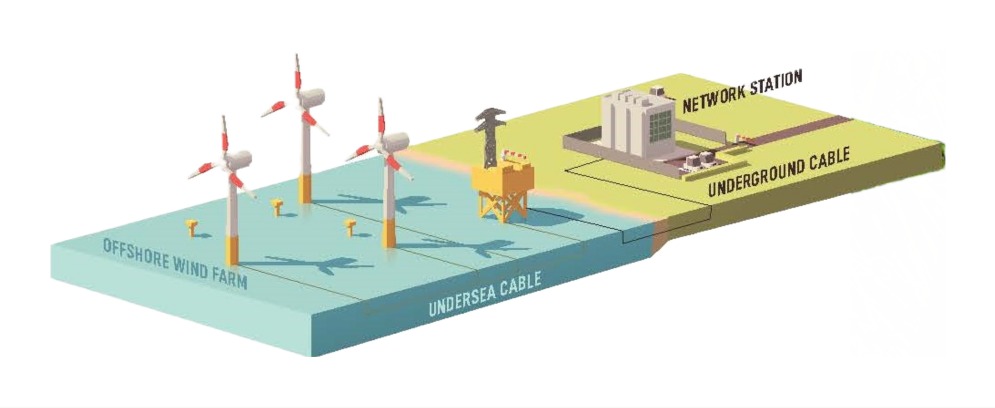Underground power line
In Germany, the Wahle-Mecklar project consists of the construction of a high-voltage 380 kV power line with a total length of approximately 230 km to connect wind farms in the north with the south of the country. 30 km of this line will be underground, due to regulatory issues.
(continue reading below the image)
To protect these complex and extremely expensive high-voltage cables, they are placed in pipes. The pipe manufacturer, Egeplast, needed a new type of HDPE that met the strict quality requirements of the electricity transmission system operator, TenneT. For this purpose, it turned to INEOS O&P Europe. “High-voltage cables will release heat (70 °C on average, with brief peaks of 95 °C), so HDPE pipes must withstand these high temperatures for a life of at least 50 years. They also have to have good mechanical properties in order to be able to consider alternative installation techniques, such as horizontal drilling, and thus limit the impact on the environment,” explains Gaëlle Pannier, Technical Service and Development, Pipes & Fitting Applications, at INEOS O&P Neder-Over-Heembeek.
HDPE: Best in class
INEOS set out to develop a new HDPE with a unique combination of properties to meet these quality standards. “We have developed two very high-quality HDPEs. The first one is natural in colour for the inner layer, making it easier to inspect, and the second one is a black, UV-resistant HDPE for the outer layer. These pipes are often stored outside for several months before being installed underground,” Gaëlle Pannier says.
These two new HDPE grades were used by Egeplast to produce pipes that meet TenneT’s and the installer’s requirements, both strong and flexible enough to withstand the most demanding installations, but also capable of withstanding high temperatures for a minimum of 50 years.
“This project proves once again that plastics can be used for sustainable applications, such as the transition to green energy. All over Europe, many projects to extend renewable energy transmission networks, such as the Wahle-Mecklar project, have been announced for the next 10 years, so demand for this quality material should follow this trend and increase,” she concludes.
